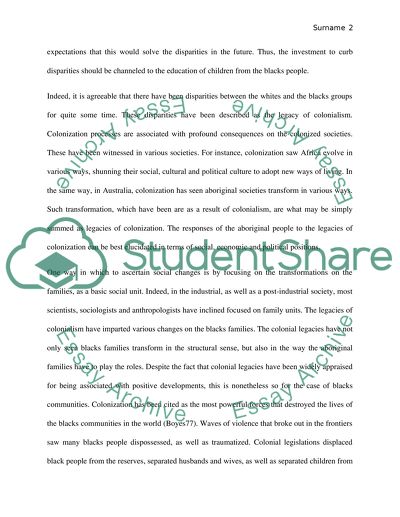Cite this document
(“Differences In Education Between The Blacks And The Whites Research Paper”, n.d.)
Differences In Education Between The Blacks And The Whites Research Paper. Retrieved from https://studentshare.org/sociology/1463666-differences-in-education-between-the-blacks-and-the-whites
Differences In Education Between The Blacks And The Whites Research Paper. Retrieved from https://studentshare.org/sociology/1463666-differences-in-education-between-the-blacks-and-the-whites
(Differences In Education Between The Blacks And The Whites Research Paper)
Differences In Education Between The Blacks And The Whites Research Paper. https://studentshare.org/sociology/1463666-differences-in-education-between-the-blacks-and-the-whites.
Differences In Education Between The Blacks And The Whites Research Paper. https://studentshare.org/sociology/1463666-differences-in-education-between-the-blacks-and-the-whites.
“Differences In Education Between The Blacks And The Whites Research Paper”, n.d. https://studentshare.org/sociology/1463666-differences-in-education-between-the-blacks-and-the-whites.


